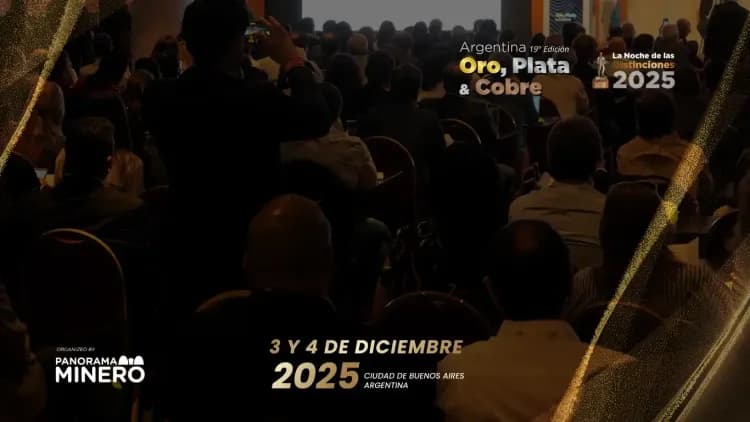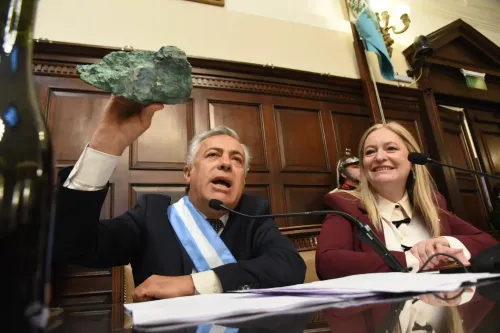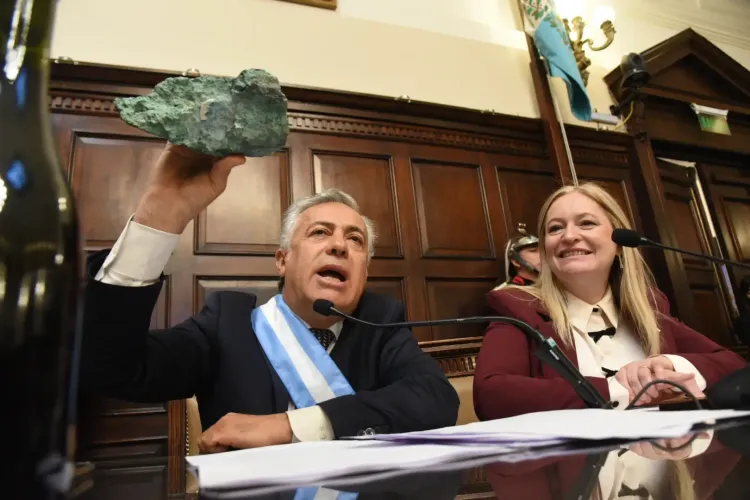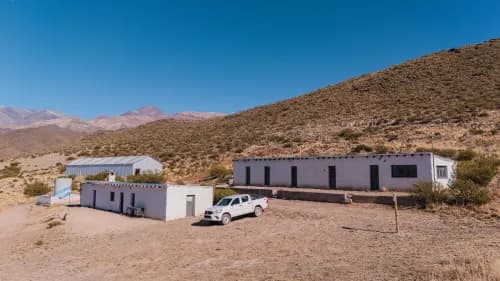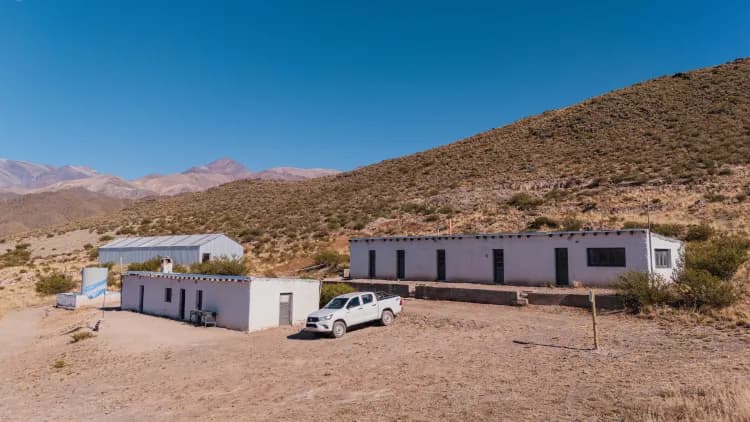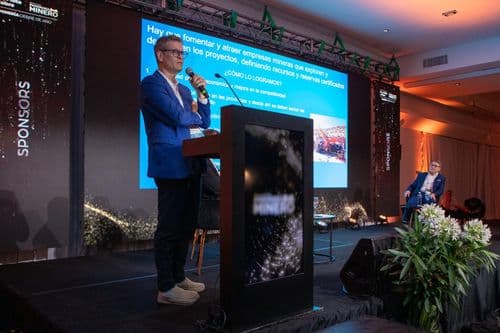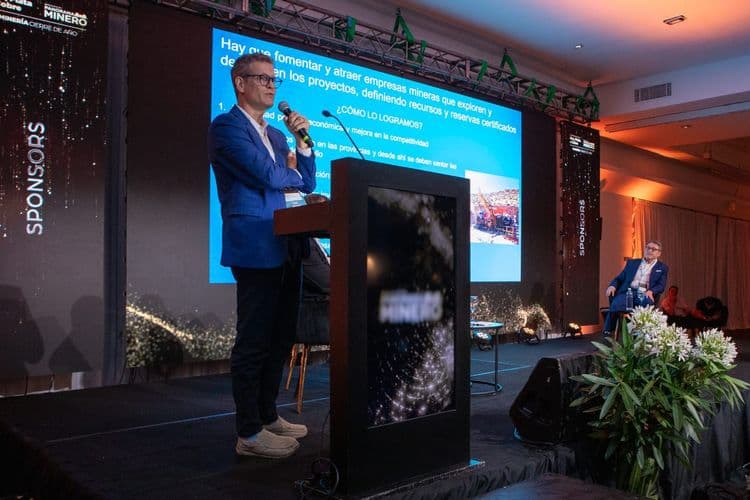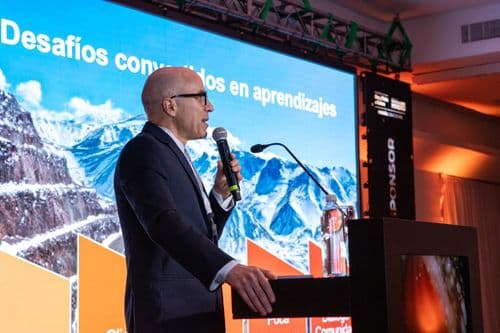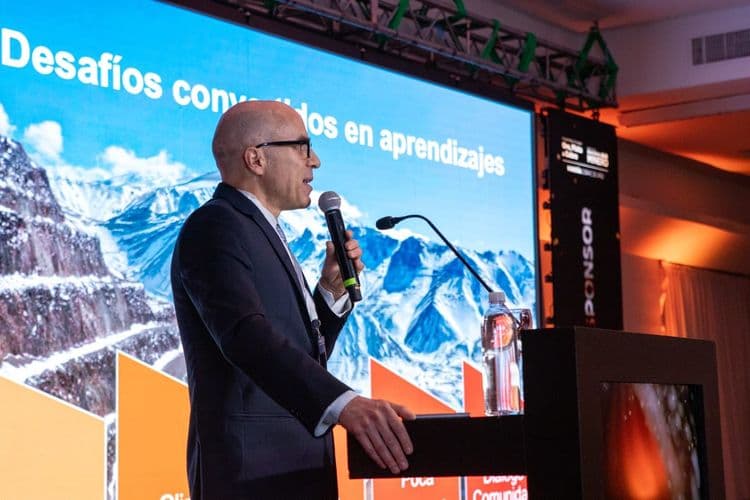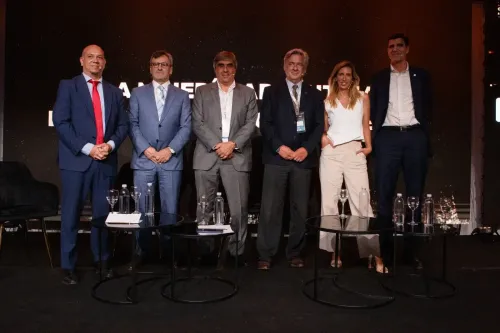- Pre-feasibility study expected by Q1 2019
- Lithium carbonate pilot plant built and has commenced operation
- Environmental Impact Assessment to be submitted to authorities in Q1 2019, which, once approved, represents the final approval allowing for mine construction
Neo Lithium Corp. announced that it has contracted GHD, which is a well-recognized engineering firm with particular expertise in lithium brines, to complete a pre-feasibility study (“PFS”) at the 3Q Project by Q1 2019. GHD successfully completed the previous preliminary economic assessment (“PEA”) for the 3Q Project.
The decision to complete a PFS has been taken as a result of the significant technical progress achieved on many fronts post-PEA, including advancements in brine processing and engineering, and a significant increase in the size and grade of the resource estimate of the project.
The increase in the size of the mineral resource estimate that occurred after publishing of the PEA, and particularly the discovery of a high-grade zone with over 1,000 mg/l Lithium, is expected to reduce the size of the ponds required and consequently, reduce the capital expenditures for the project, as pond construction is the major cost for lithium brine projects. This new resource estimate is also expected to have a significant effect on the mine plan and mine life.
In addition, the discovery that calcium precipitates as calcium chloride without the use of any costly reagents has a potentially significant impact on operating cost, since there should be material savings in reagent costs.
The results of the environmental base line study and the results of the hydrogeological model showed that the extraction of brine from the salar will cause no material environmental issues that would impede the development of the 3Q Project. Furthermore, this work showed that there should be minimal impact on the brine level of the salar, even under extraction scenarios of up to 60,000 tonnes of lithium carbonate per year. This finding indicates that the 3Q Project has a significant recharge system that would allow extraction rates significantly higher than the PEA proposal of 35,000 tonnes of lithium carbonate per year. The Company, together with its engineering advisors, is currently analysing the most suitable production size scenario including a staged approach as well as diversifying the final product offering to include both lithium carbonate and lithium hydroxide. These results would be included in the PFS.
In addition, the PFS is expected to assist with the ongoing discussions concerning the strategic partner selection process to develop the 3Q project.
“As a result of the numerous material advancements at the project, a PFS is now required to provide the market and potential strategic partners a more developed technical analysis and updated economics on the 3Q project,” said Dr. Waldo Perez, President and CEO of Neo Lithium Corp. “We can complete this work in a very short period of time since all the background work has been completed and it is now only a matter of compilation work and economic re-valuation.”



